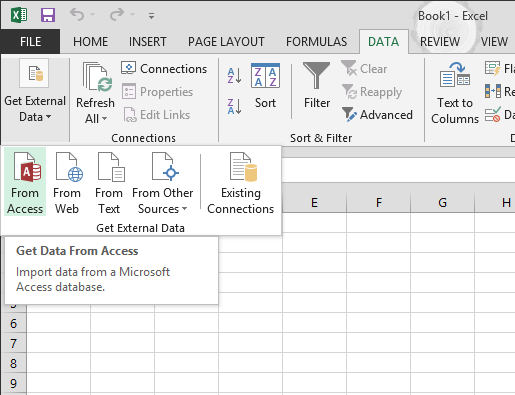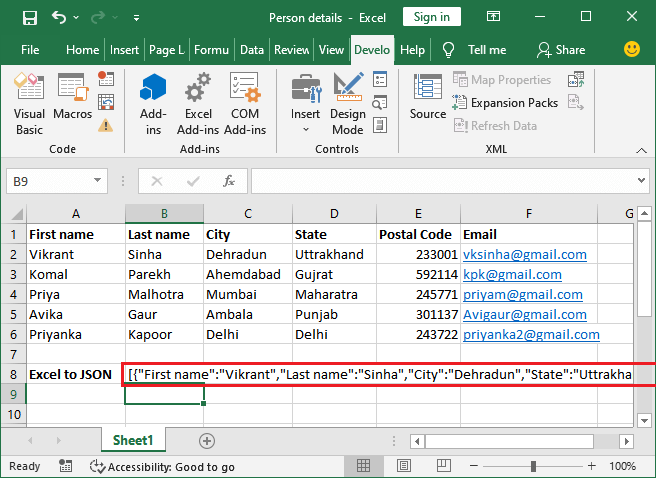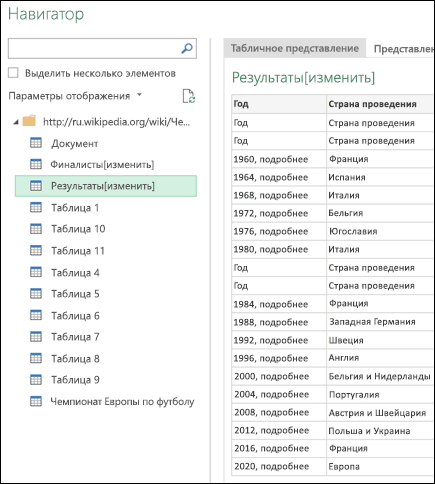

Back in the spreadsheet, in a cell, you can type “=ImportJSON()” and begin filling out it’s parameters.

Rename the script to ImportJSON.gs and click the save button.Delete the placeholder content and paste the code from this script.Using the awesome ImportJSON tool in combination with this wonderful script, I was able to get the data into a spreadsheet in a matter of minutes. I had to quickly figure out how to get the data into a spreadsheet. So I exported the table into a JSON file, but felt bad about just handing a JSON file to non-technologists. We stored the prospect info in a database on Parse.Īlmost immediately, the request came in from the recruiting team to get that prospect data. One of the main functions of the microsite we built was to capture recruiting prospects from people visiting the Deloitte booth. My company, Deloitte Digital, sent me because I led a project to build the Deloitte Round-Up apps in conjunction with Deloitte’s sponsorship of the conference. I’m writing this only a day after getting home from SXSW 2014.

Source = Excel.How to import JSON data into Google Spreadsheets in less than 5 minutes

Here keep only this column and expand it. After that add custom column to create records from two last columns usingĮach Record.FromList(, How do I go about solving this issue?Īs next step from your second screenshort you may expand last column "rows" to rows. I tried removing duplicates and transpose but those options are leading to the tabular data I am looking for. The first step was converting the json file to a table, afterwards, I expanded 'value' cell to new rows and did so another time, to get thisimage:įrom there I further expanded and to get all the values. The issue I'm having is figuring out how to to transform the data based on my data I have. I would like the output to look like this: I would like to import the JSON file into Excel, I am using Power Query as I'm not versed in VBA.


 0 kommentar(er)
0 kommentar(er)
